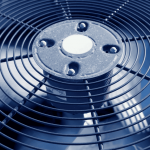
How to Care for Your Unit and Avoid Common HVAC Repairs
Your HVAC system works hard year-round to keep your home comfortable, but like any major appliance, it’s bound to need repairs at some point. Whether it’s a failing compressor, a clogged air filter or a refrigerant leak, small issues can quickly escalate into expensive breakdowns if left unchecked. Understanding the most common HVAC problems can help you recognize early warning signs, prevent costly repairs and even extend the life of your system. Learn about the most frequent HVAC repairs homeowners face, why they happen and what you can do to keep your system running efficiently. Being informed can save you time, money and a lot of frustration.
Failed Capacitor
A failed capacitor tends to be the most common HVAC repair. A capacitor is a small (for scale, think of a soda can) but essential electrical component in an HVAC system. They are one of the most frequently replaced parts and are crucial for starting the motors that power the fans and compressor. Over time, the capacitor can become worn or fail due to electrical surges or regular wear and tear.
Signs of a failing HVAC capacitor include:
- Unit won’t turn on or struggles to start.
- Humming noise from the unit.
- Frequent system cycling or weak airflow.
- Higher energy bills due to inefficiency.
Air Handler and Blower Motor Malfunctions
The air handler is responsible for circulating conditioned air throughout your home. The blower motor is a key component of the air handler and drives the fan that pushes air through the ductwork. It is prone to breakdown because it contains several moving and electrical components that experience wear and tear over time. Air handlers may malfunction due to dirty filters, motor problems or faulty wiring.
Signs of a failing air handler or blower motor include:
- Loud banging or screeching sounds when the system turns on.
- Smelling electrical burns coming from your ductwork.
- Little to no air is coming from the vents, even when the system is running.
Preventing issues with an air handler requires regular maintenance. An HVAC technician will flush the condensate drain line to prevent clogs and water damage and inspect the electrical components for wear and loose connections which can lead to sudden system failure. A malfunctioning blower motor can lead to inadequate airflow, making it difficult for the system to distribute heated or cooled air effectively. Replace air filters every one to three months to prevent airflow restrictions that strain the blower motor.
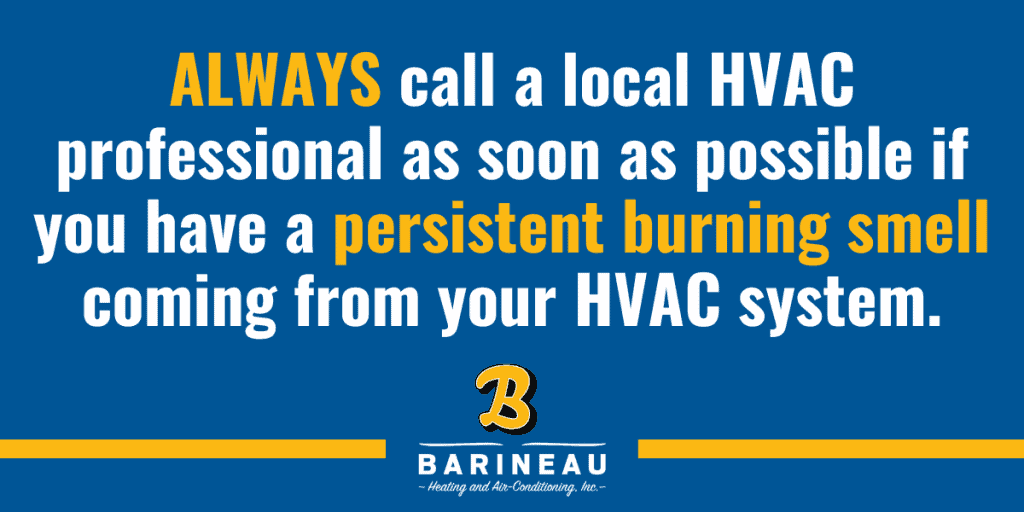
Low Refrigerant Levels
A common HVAC repair issue that leads to inadequate cooling or system freezing is low refrigerant levels. HVAC refrigerant acts as the heat transfer fluid that allows the system to cool indoor spaces. It continuously cycles between liquid and gas states, absorbing and releasing heat to maintain the desired temperature.
Signs of low refrigerant include:
- Ice buildup on coils
- Hissing sounds
- Poor cooling
Regular maintenance of an HVAC system will identify leaks in the refrigerant lines, connections and coils. Technicians use leak detection tools to identify small leaks before they become major issues and will recharge refrigerant as needed. By catching leaks early and ensuring the system is properly charged, regular maintenance helps avoid expensive compressor damage and ensures the HVAC system runs efficiently.
Compressor Failure
The compressor is a crucial component of the cooling process, and failures can result in a system not cooling properly. Its primary role is to compress the refrigerant gas which helps it move through the system. Common HVAC repairs usually revolve around issues that affect the compressor’s ability to properly circulate refrigerant and maintain cooling efficiency. A compressor can overheat because of low refrigerant levels, dirty condenser coils or a faulty fan.
Signs of a failing compressor include:
- Loud or unusual noises
- Warm air from vents
- Frequent circuit breaker trips
Replacing a malfunctioning compressor can be costly, so regular maintenance is crucial to avoid the expense of this major repair.
Condenser Coil Issues
The condenser coil in an HVAC system is responsible for releasing heat from the refrigerant. Condenser coils, which are located in the outdoor unit, are another critical component of an HVAC system and they frequently require maintenance and repairs due to their exposure to the elements and their role in the cooling process. In addition, bent or damaged coil fins can restrict airflow, making it harder for the system to release heat which results in the system strain and overheating.
Homeowners can prevent condenser coil issues by trimming vegetation and removing obstructions around the outdoor unit to improve airflow and by checking them for corrosion such as white powdery residue, green or blue discoloration and rust. An HVAC technician can inspect and clean the coils to ensure optimal performance.
Signs of a dirty or malfunctioning condenser coil include:
- Poor cooling performance
- Higher energy bills
- Frequent system overheating
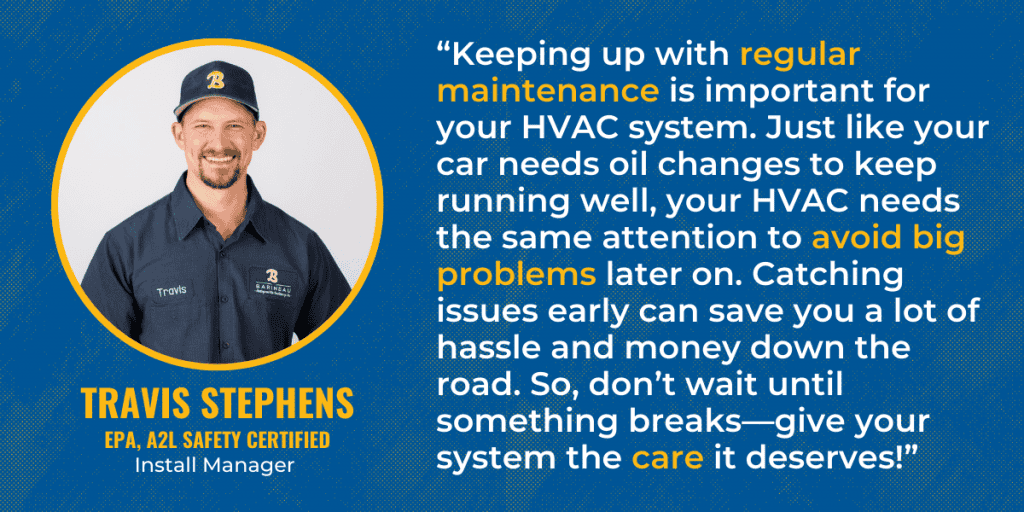
Malfunctioning Thermostat
Thermostats serve as the command center of an HVAC system, acting as the central control unit that regulates temperature and overall climate within a space. While they are relatively simple devices, several issues can cause them to malfunction, affecting the performance of the entire HVAC system.
Signs of thermostat-related problems include:
- Incorrect temperature readings
- Unresponsiveness to adjustments
- Short cycling (turning on and off repeatedly)
- Connection or wiring issues
- Faulty programming or settings
- Outdated or incompatible thermostats
These issues can lead to system inefficiency and wear and tear over time. Homeowners can be proactive by checking and replacing batteries, ensuring correct setup and consulting a professional if issues persist. An HVAC professional can calibrate your thermostat, test the temperature sensors and check the wiring and internal components. They can also determine if you have a thermostat that is outdated or incompatible with your HVAC system.
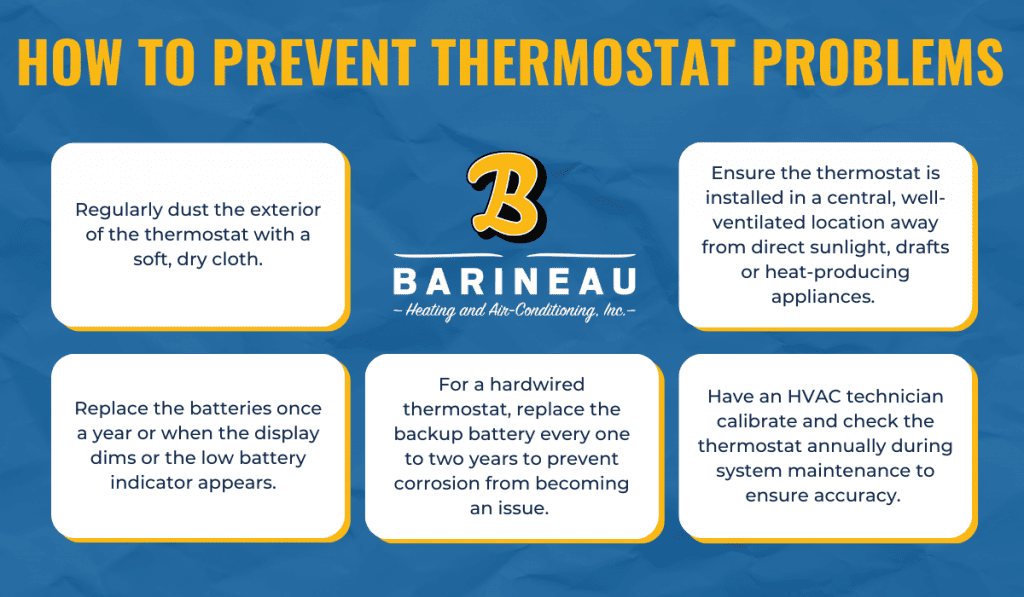
HVAC Maintenance is Essential
Regular HVAC upkeep and maintenance checks are essential for ensuring efficiency, longevity and optimal indoor air quality. An annual maintenance plan helps prevent issues that can shorten your system’s lifespan, keeping it running smoothly year-round. By scheduling routine maintenance with a local HVAC professional, you can protect your investment, avoid common HVAC repairs and enjoy peace of mind knowing your heating and cooling system is operating at peak performance.
Keep your HVAC system running smoothly year-round with this seasonal maintenance checklist.
Trust the Experts
The professionals of Barineau Heating and Air Conditioning have been proudly serving north Florida, south Georgia and the Emerald Coast areas for more than 50 years and three generations with top-quality home comfort service. Through committed hard work, integrity, ingenuity and treating customers like family, Barineau has built a reputation as the premier HVAC service company in the area.
With Barineau Heating and Air Conditioning’s Total Comfort Service Program, you’ll receive a number of cost incentives, such as no overtime charges and a discount on repairs. At $109 per year, the Blue Plan (which includes one 28-point inspection) only costs $20 more than a one-time tune-up, with benefits that quickly pay for themselves. In addition, signing up for an annual plan removes the burden of having to remember annual maintenance appointments. You can rest easy knowing that Barineau has your back and will remind you when it’s time for your appointment.
Have questions? Call our team at (850) 580-4029 or schedule an appointment.
